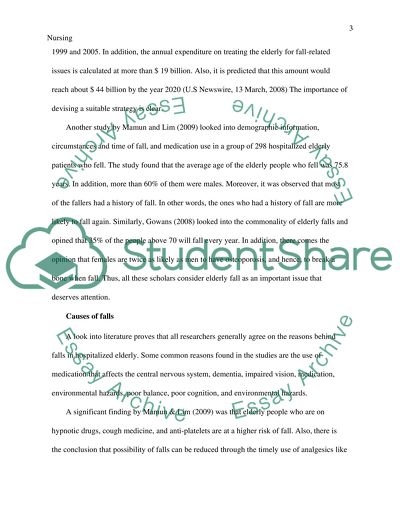Cite this document
(“Prevention of Falls in the Hospitalized Elderly Patient Book Report/Review”, n.d.)
Retrieved from https://studentshare.org/nursing/1425459-prevention-of-falls-in-the-hospitalized-elderly
Retrieved from https://studentshare.org/nursing/1425459-prevention-of-falls-in-the-hospitalized-elderly
(Prevention of Falls in the Hospitalized Elderly Patient Book Report/Review)
https://studentshare.org/nursing/1425459-prevention-of-falls-in-the-hospitalized-elderly.
https://studentshare.org/nursing/1425459-prevention-of-falls-in-the-hospitalized-elderly.
“Prevention of Falls in the Hospitalized Elderly Patient Book Report/Review”, n.d. https://studentshare.org/nursing/1425459-prevention-of-falls-in-the-hospitalized-elderly.


